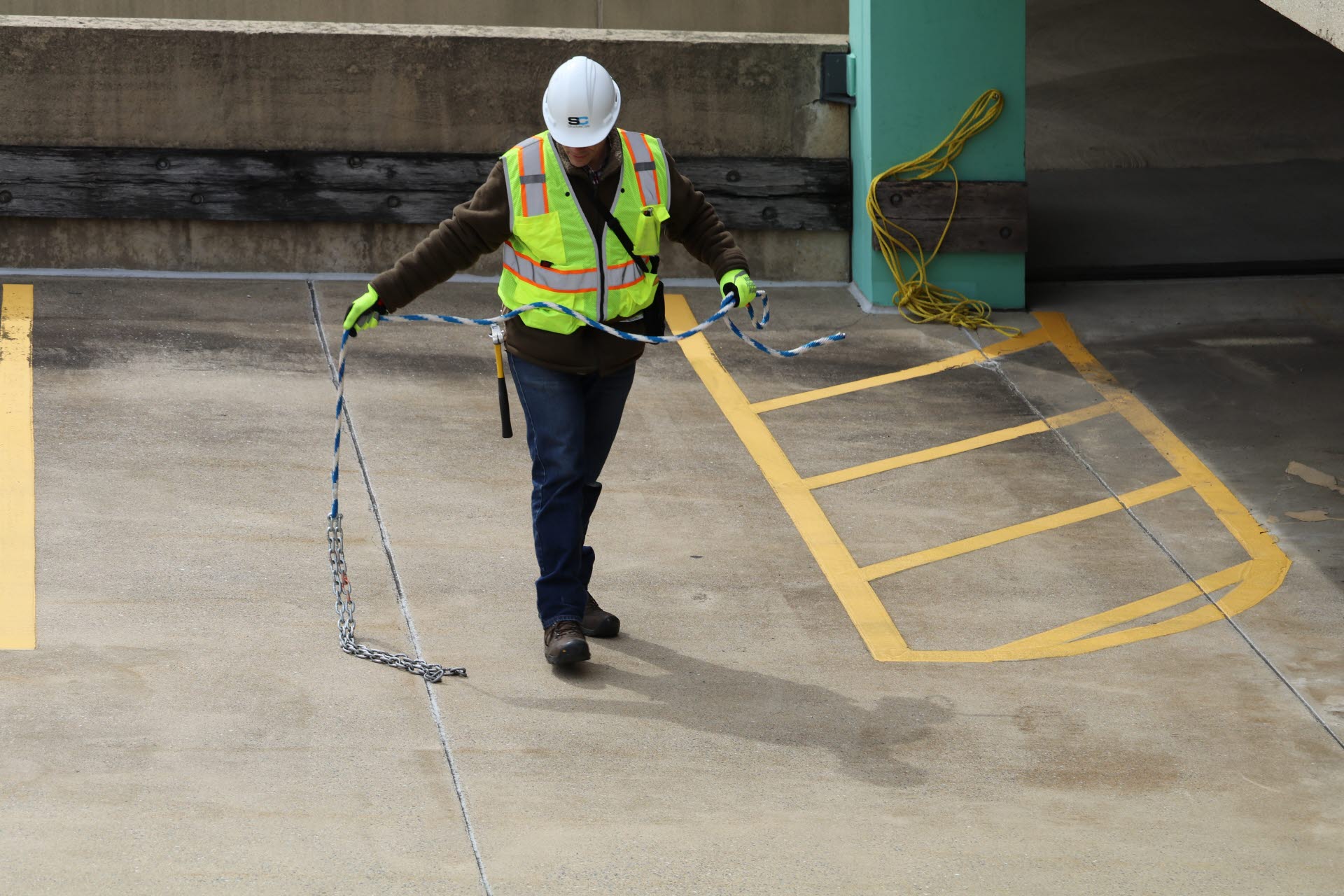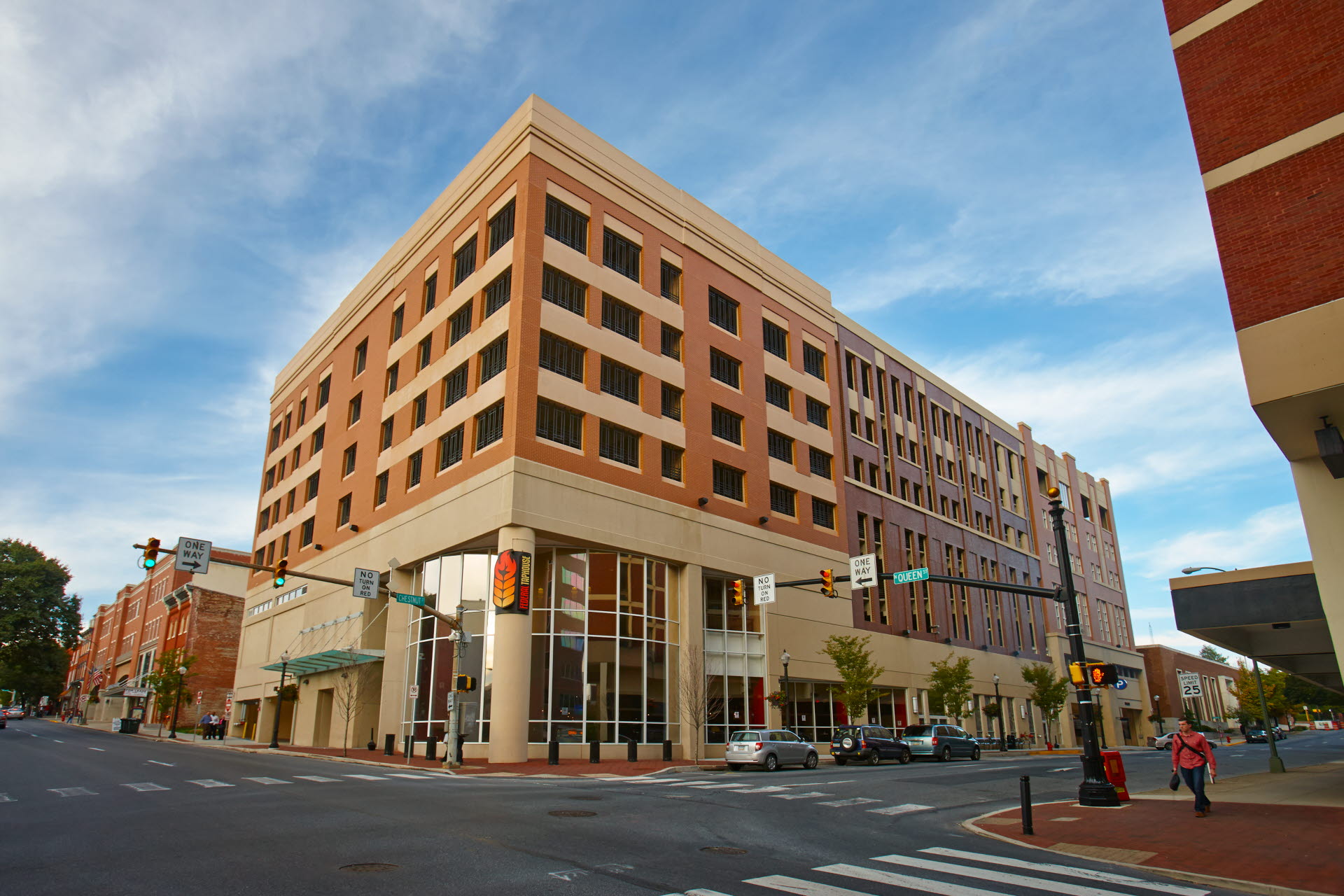Design-Build vs Design-Bid-Build: Which Is Better For You?

Parking structure management doesn’t have to be complicated. Evaluating the strengths and weaknesses of the design-build vs design-bid-build approaches can help guide you in selecting the right fit for your project. Continue reading our blog for an analysis of design-build vs design-bid-build pros and cons.
What is Design-Build vs Design-Bid-Build?
There are multiple approaches owners can consider when taking on parking garage repair and restoration projects. Two of the most common are known as design-build and design-bid-build models.
The design-build model involves a single entity managing the project. In a design-build partnership, the designer and construction team work hand-in-hand to provide high-quality design, engineering, and construction services. This integrated process and single point of contact leverages collaboration and speed to deliver faster project deliveries.
The design-bid-build model is broken down into three distinct phases in which separate teams take responsibility. Here’s how it works:
- Design phase. First, the owner hires a design team to create preliminary drawings and specifications.
- Bidding phase. Next, the owner issues a bid package that includes the design plans and requirements, and contractors submit bids to win the project.
- Building phase. After the owner selects a contractor, the final building stage can begin.
Design-Build vs Design-Bid-Build Pros and Cons
Understanding the pros and cons of design-build vs design-bid-build approaches can help you decide which is a better fit for you. Below, we’ve outlined the main elements that will influence your decision (we’ll go into more detail later in this blog).
Design-Build Pros:
- Design-build team bears most of the risk.
- The integrated process reduces the likelihood of misunderstandings and mistakes.
- A single point of contact simplifies communication and management.
- Overlapping design and construction stages can fast-track a project schedule.
Design-Build Cons:
- Limited opportunity for competitive bidding.
- The owner has less control over the design and construction processes.
Design-Bid-Build Pros:
- Competitive bidding can sometimes lead to cost savings.
- The owner has greater control over the selection of the design team and contractor.
- Clear and separate contracts between teams can reduce ambiguity.
Design-Bid-Build Cons:
- The owner bears the majority of the risk.
- Sequential project flow can lead to extended timelines.
- Breakdowns in communication can result in overrun costs and delays.
- Logistical issues can arise with different teams working on the project.

An Analysis of Design-Build vs Design-Bid-Build
Before making your decision between design-build vs design-bid-build, you need to determine your overall goals. When comparing the advantages and disadvantages of each, keep the following key elements in mind:
- Timeline
- Budget
- Control
We’ll dive deeper into an analysis of the design-build vs design-bid-build approaches to help you establish which is more suitable for your project.
Contractual Set-Up: Design-Build
The design-build method uses a single contract between the owner and the design-build team. This approach offers simplified management since it puts contractors and designers on the same team. It allows them to work together through project plans from the beginning and even collaborate with various stakeholders on the construction project as well.
When this relationship is successful, project owners, contractors, and designers can all use their combined expertise. This not only optimizes a project’s design and construction but also helps save money by avoiding mistakes and rework that often cause cost overruns.
Contractual Set-up: Design-Bid-Build
For design-bid-build projects, there are separate contracts between all parties involved. This means the owner has one contract drawn up for the design team and one for the contractor or construction team. This allows the owner to have more control over each phase and project teams to focus on their realm of expertise.
However, it also results in a lack of contractor influence over designs and vice versa. During construction, the general contractor owns the building process. Each time the contractor wants to make a change, they must submit an order and quote to alter the design plans. Then, the owner will have to sign off on these changes and any additional costs. This can lead to extended project delays and cost overruns.
Project Flow: Design-Build
Since the design team and build teams are contracted together in the design-build approach, the team can compress construction schedules and accelerate timelines. Unlike traditional approaches, this allows design and construction phases to overlap, meaning the contracting team doesn’t have to wait for design completion to get started. This significantly reduces the time it takes to deliver the final product — especially in larger projects.
During preconstruction, the owner will analyze suitable sites and develop a rough design plan and budget. The owner then puts out a Request for Proposal (RFP) to solicit proposals from design-build teams. Once a design-build team wins the bid, the design process begins, and the team can outline a clear scope, schedule, design, and final cost. After construction is complete, the design-build team will review the project with the owner for final approval.
Project Flow: Design-Bid-Build
As its name suggests, the design-bid-build approach is broken down into three distinct phases: designing, bidding, and building. This begins with the owner entering into a contract with an architecture and engineering team to design their project. Then, they will enter into a separate agreement with a general contractor to take on the rest of the process.
Once the design phase is complete, the owner holds a bidding process to decide which general contractor they’ll use for the building phase. The two parties will agree on the scope, budget, timeline, etc., and construction can begin.
Risk: Design-Build
As we mentioned before, the design-build team leads the project. As a result, most of the risk falls on them. This responsibility includes maintaining the project’s final budget, schedule, and quality. The owner is still involved in every stage of the project and is needed to sign off on any changes to the original plan, however, the design-build team absorbs the significant risks.
Risk: Design-Bid-Build
More control over the project means more responsibility, and therefore more risk. Unlike the design-build approach, in a design-bid-build model, the owner is accountable for increased costs during the project. Since they are contracting out specific processes, any changes and challenges that occur throughout the project are passed back to the owner.

Takeaway: Design-Build vs Design-Bid-Build
Now that we’ve weighed the key differences between design-build vs design-bid-build it’s time to determine a winner. While the design-bid-build model offers the owner more control in some aspects and a more competitive bid process, it also comes with more responsibility on the part of the owner.
If you need a fast turnaround, better cost management, and less risk — design-build is the best approach for your project. At StructureCare, we’re dedicated to providing you with radical predictability. With our team as your single-source partner, you’ll experience more budget stability, quicker timelines, and fewer surprises.
Interested in how our process can benefit you? Talk to a team member today.
Problem? Question?
Let's solve it. And not just for today — for the long term, too.